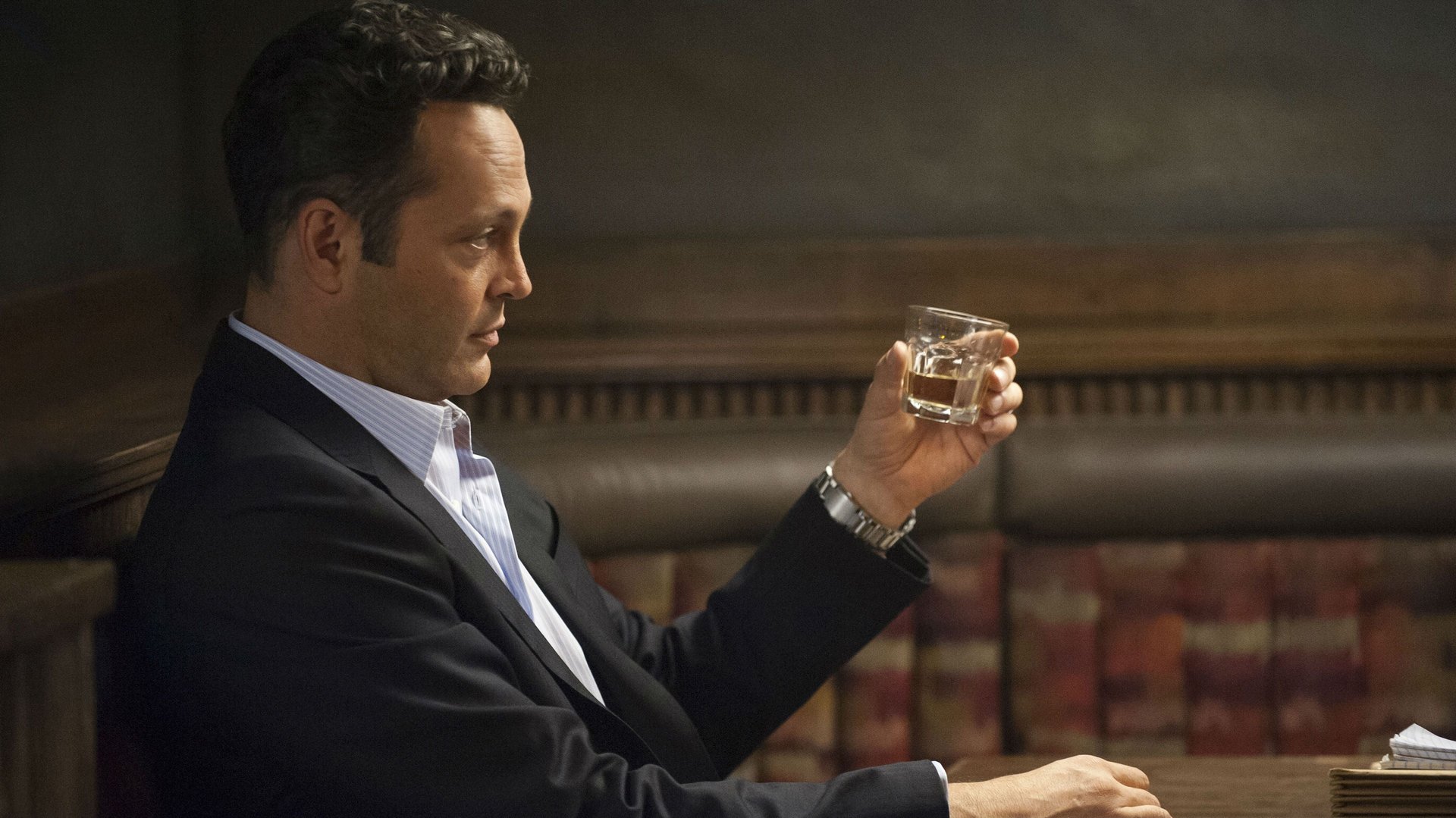Analysts: HBO Now already has about a million subscribers
HBO broke new ground in April when it became the first major cable channel to offer all its content online without also needing a traditional cable TV subscription. Until now, there wasn’t any way to accurately measure how successful the new $15 streaming service, called HBO Now, really was.


HBO broke new ground in April when it became the first major cable channel to offer all its content online without also needing a traditional cable TV subscription. Until now, there wasn’t any way to accurately measure how successful the new $15 streaming service, called HBO Now, really was.
Using data from iPhone and iPad app rankings, BTIG analyst Rich Greenfield estimates that over 1 million people signed up for the 30-day free trial of HBO Now after it launched on Apple devices in early April. The real question, though, is how many people stuck with the service once they started getting charged $15 per month?
According to BTIG, at least 850,000 people currently pay for HBO Now. Greenfield compared data from the analytics company App Annie and noticed that HBO Now’s ranking in the Apple app store was mostly unchanged month-to-month since it debuted in April. The assumption there is that many of the customers who subscribed to the free trial decided to renew their subscriptions, or HBO made up for the loss of trial subscribers with new, paying subscribers. (There’s a third scenario: Some people perhaps forgot or couldn’t figure out how to cancel their subscriptions.)
Greenfield notes however that the real number of subscribers could be closer to, or perhaps more than, a million. Right now, HBO Now is only available via Apple devices or a Cablevision TV subscription, but the App Annie data only account for the Apple subscribers. Additionally, App Annie’s statistics do not include sign-ups through Apple TV, which might boost the subscriber numbers considerably.
The upshot is that HBO apparently didn’t lose any customers once the trial period ended in mid-May.
A million doesn’t sound like too many compared to HBO’s 30 million TV customers, or to Netflix’s 40 million US subscribers, but there are a few caveats that make it fairly impressive. For one, HBO has not invested heavily in advertising the new product. The company could be waiting to begin a major media blitz for HBO Now’s launch on Google Android (coming later this summer) or for when it inevitably hits streaming devices such as Roku and PlayStation 4.
Plus, HBO considers its content to be premium, and HBO Now is priced accordingly. At $15, it’s $5 more expensive than the second place app in the rankings (Spotify) and $7 more than its rivals Netflix and Hulu. But, if this early data is any indication, its premium price has not been a barrier to entry.
HBO CEO Richard Plepler has said repeatedly that his company is targeting the 10 million people in the US who pay for broadband internet, but don’t have cable TV. His nickname for the service, clearly alluding to the audience that makes up a majority of that 10 million people, is the “millennial missile.” Knocking out 10% of that goal in the service’s first two months of existence, while essentially being limited to just Apple devices, seems an excellent start.